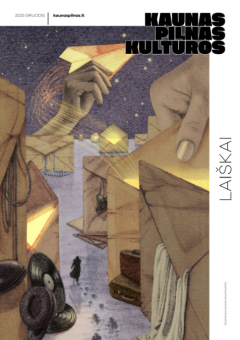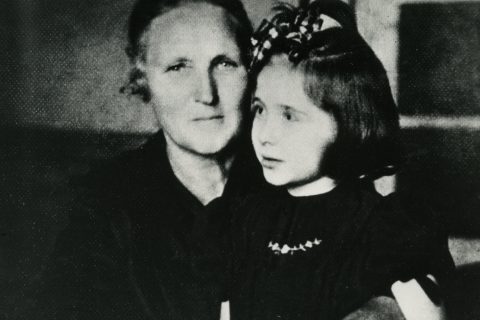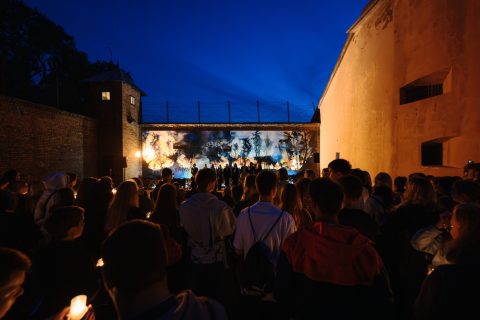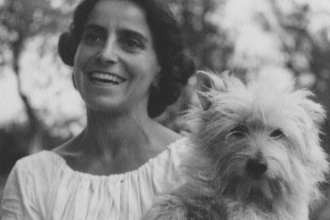One of the ways to survive is through creativity. This is confirmed by the chess preserved in the collections of Kaunas Ninth Fort Museum, which were made by political prisoner Romualdas Andrius Vasiliauskas. He was imprisoned in one of the Soviet Union’s labour camps in Mordovia between 1949 and 1953.
For this week’s “Museum Wednesday,” Martynas Kosas, a restorer at the Kaunas Ninth Fort Museum, shares the story behind this exhibit.
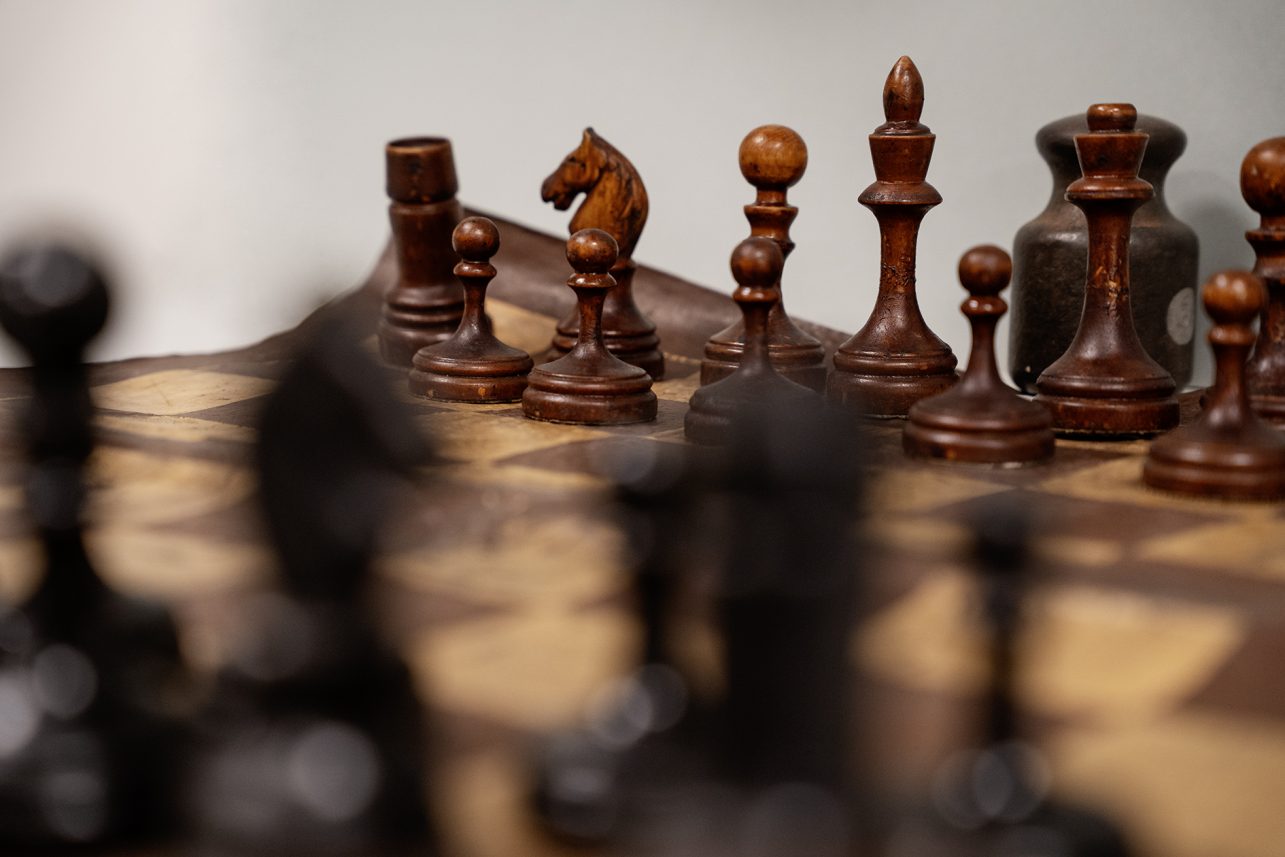

After the Second World War, the Soviet government carried out mass deportations and repressions in Lithuania. Partisans, their supporters, teachers, farmers, clergymen, pupils and even children were deported to the harsh lands of the USSR. People could be deported to Siberia or sentenced to labour camps for opposing collectivisation, prohibited creative work or simply having different views. Thousands of Lithuanians were deported or imprisoned: this was one of the most painful periods in the history of Lithuania in the 20th century.
Located about 500 km east of Moscow in a foresty and swampy area, Mordovia labour camps were one of the main detention places for political prisoners in the Soviet Union. The Dubravlag, a complex of labour camps for “special regime” prisoners, was established in the region. These camps were a part of the GULAG system, where thousands of political prisoners, including many Lithuanians, were held.
Working conditions were extremely harsh, with prisoners working in logging, peat bogs, mines and factories for 12-14 hours a day, often without proper tools or clothing. The diet was extremely poor and sickness and death were commonplace. Discipline was maintained by intimidation and physical punishment, while the slightest resistance could result in solitary confinement or forced labour in even harsher conditions.
Many Lithuanian resistance fighters were imprisoned in Mordovia camps. Among them was Balys Gajauskas, a twice-convicted dissident, who was imprisoned for almost 37 years in total. There was also priest Alfonsas Svarinskas, who was an active underground priest, organising secret mass and resistance activities. Viktoras Petkus, the founder of the Helsinki Group in Lithuania, also spent much time in these labour camps. Nun Nijolė Sadūnaitė, who was imprisoned in Mordovia from 1975 to 1978, later wrote a memoir book in which she described in detail the daily life of the labour camp, the interrogations and spiritual resistance.
The harsh living conditions and the prison regime stifled all human individuality. However, one tried to keep going. Various forms of creativity helped in this. For example, R. A. Vasiliauskas made himself a chess set.
Born in Kaunas in 1932, the young man took part in the activities of the underground resistance organisation while studying at the gymnasium. Still being underaged, he was arrested by the Soviet security and sentenced to five years in a labour camp. He returned to Lithuania in 1953.
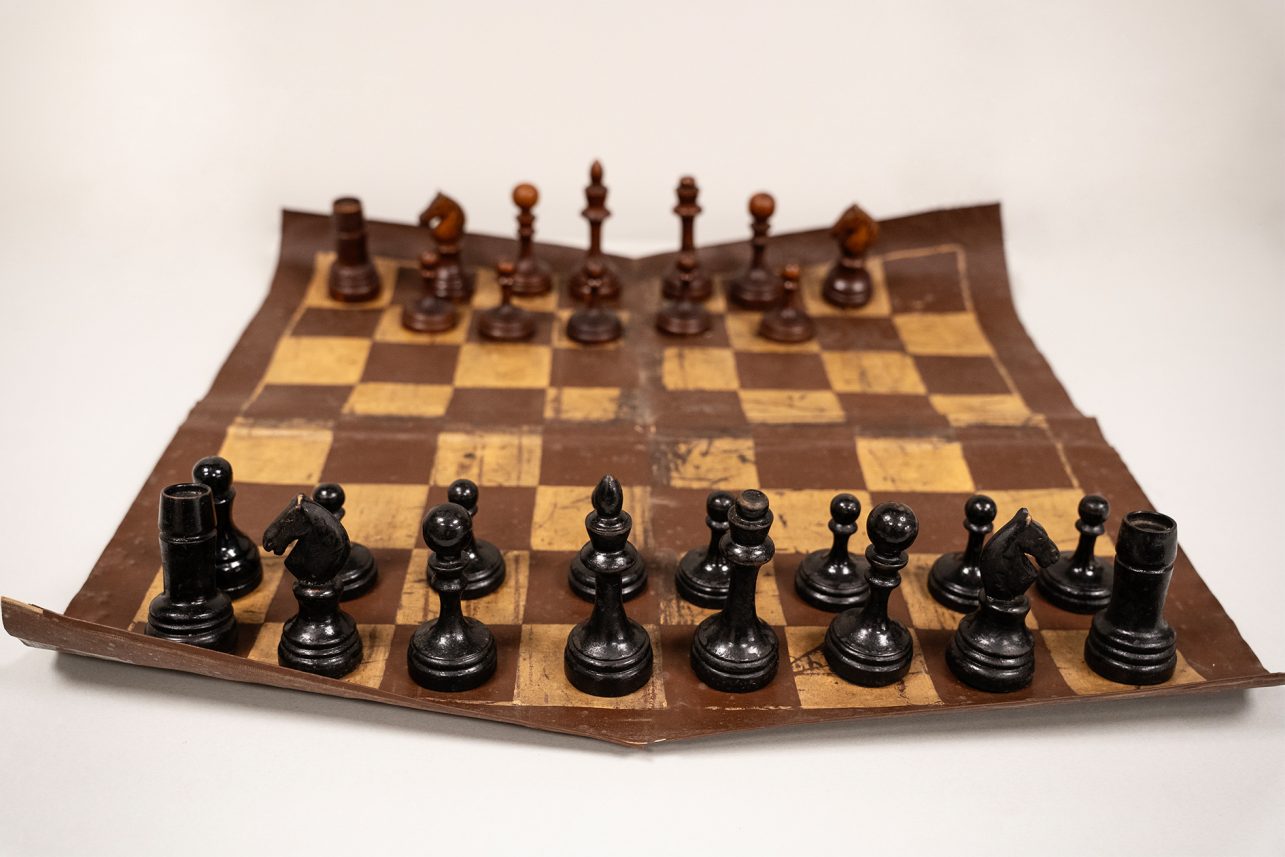
In the labour camp, R. A. Vasiliauskas made chess himself: the board was cut from a simple sheet of brown oilcloth, the cells were painted with yellowish paint, and the figures were shaped and carved from pieces of wood. Despite being modest, the figures were recognisable: the king, the queen, the pawns, etc. A part of them were painted black, while others were left in the colour of wood.
Chess in the labour camps was not only a game, but also an expression of the mind and inner freedom. They helped to communicate, to think and to develop memory. Playing chess allowed people to forget their bad thoughts and return to a world of rules and choices.
The game of chess is believed to have originated in India in the 6th century; later, it spread to Persia, the Arab world and Europe. Since the Middle Ages, chess has become a symbol of intelligence, strategy and wisdom. In the gulag, therefore, it had a special meaning: playing chess allowed a person to remain himself/herself, even when attempts were made to destroy him/her.
Today, R. A. Vasiliauskas’s chess collection is preserved in Kaunas Ninth Fort Museum. It is not only an authentic museum treasure, but also a silent testimony to how an object made of the simplest materials – a sheet of oilcloth and wood – expresses human strength in the conditions of imprisonment and ignorance. This chess set is a reminder that culture and dignity can survive even where attempts are made to subvert and destroy human beings.
